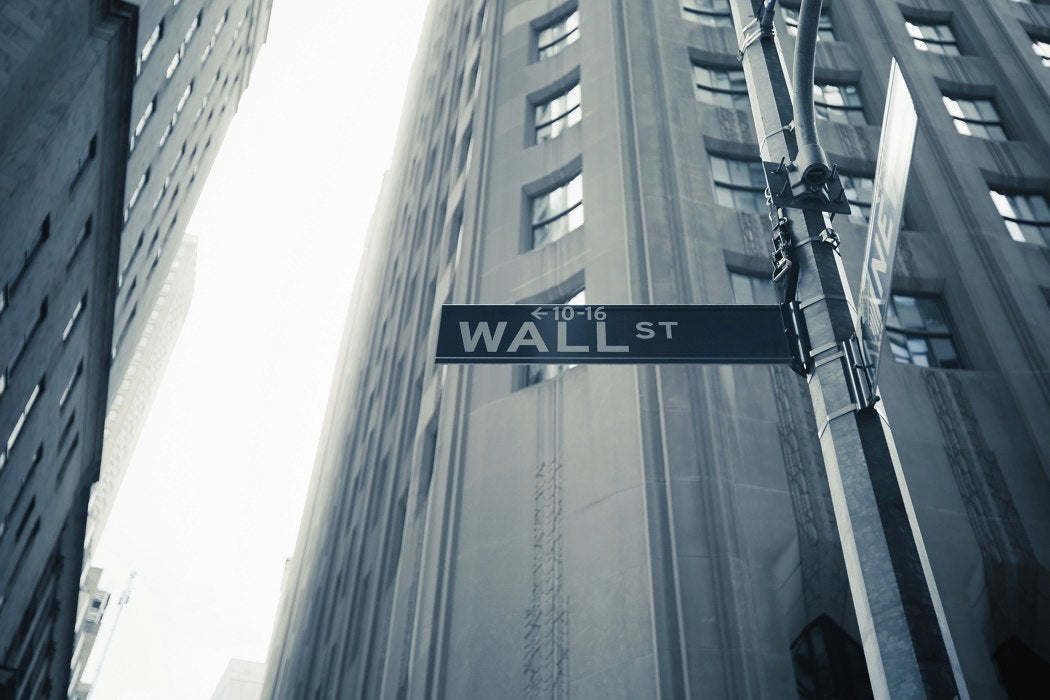On June 19th, New York City will unveil a plaque marking the location of the city’s slave market at the corner of Wall and Pearl Streets. This will be the city’s first public marker recognizing this municipal market, which was in operation between 1711-1762.
New York was part of the slave-based Dutch settlement founded as New Amsterdam in 1624. African men, women, and children were used as domestics, laborers, and farmers and were fundamental to the growth of Manhattan and its rural surroundings.
Joyce D. Goodfriend examined the evolution of slave society under Dutch rule in one of the earliest sustained treatments of the subject, “Burghers and Blacks,” in 1978. Before 1711, slaves were generally bought and hired out right off the streets of New York, as the city was called after the British take-over in 1664. This meant that slaves could mix and mingle among themselves, as well as with free blacks and working class whites.
Fear of conspiracies and uprisings was one of the reasons an official market space was instituted. (A panic over an alleged slave conspiracy in 1741 resulted in over 100 being exiled, hung, or burnt at the stake.) Taxation for the city’s coffers and a need for a ready supply of laborers for municipal projects were other reasons for an official market.
Expansion of Manhattan along its edges has meant that Pearl Street is now several blocks inland, but at the time of the market it was on the waterfront. As a bustling port full of slaves working on the docks and as mariners, New York was also enormously important to the struggle for freedom. Charles R. Foy told this story in “Seeking Freedom in the Atlantic World.”
In an 18th-century city never less than 14% black and often brimming with transients, fugitive slaves could blend into the crowd. Many were multilingual, another advantage in a polyglot city.
Building on this tradition, abolitionists would turn the city into a major part of the Underground Railroad before the Civil War, a history detailed by Eric Foner in his Gateway to Freedom (Norton, 2015).
New York State outlawed slavery between 1799, when a law allowed for gradual abolition, and 1827, when the last remaining slaves were freed. Nevertheless, many of New York City’s industrialists, merchants, bankers, ship-owners, stock brokers, lawyers, and insurers were invested in the slave economy until the Civil War.
Indeed, there was strong pro-slavery sentiment in the city because slavery had made many fortunes, built the city’s very physical foundations, and transformed it into the nation’s financial capital.







